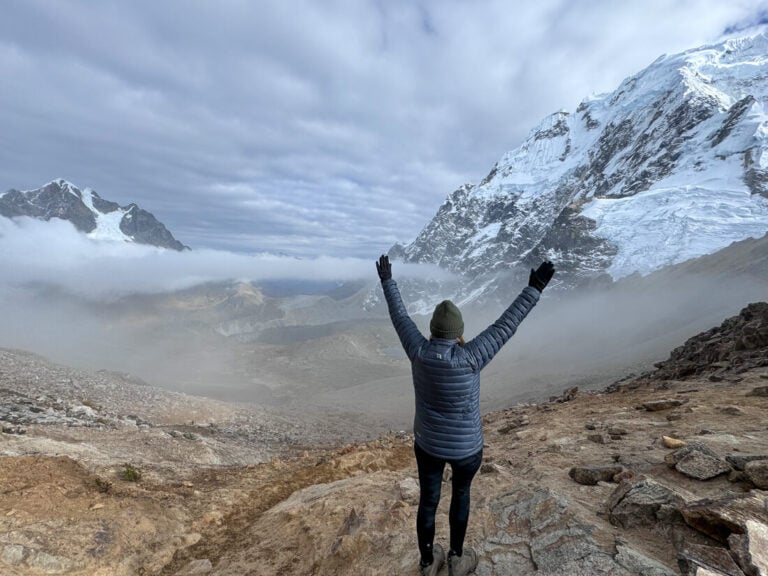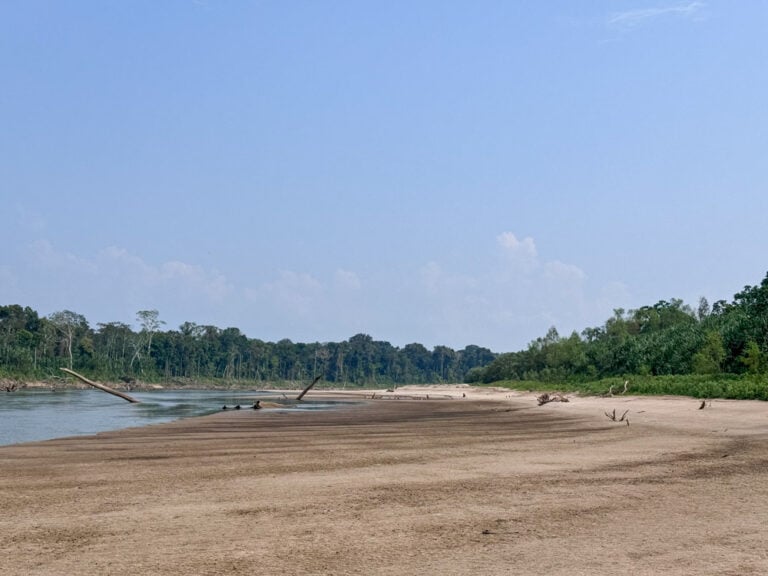Visiting the Amazon Rainforest: What to Wear & Packing List
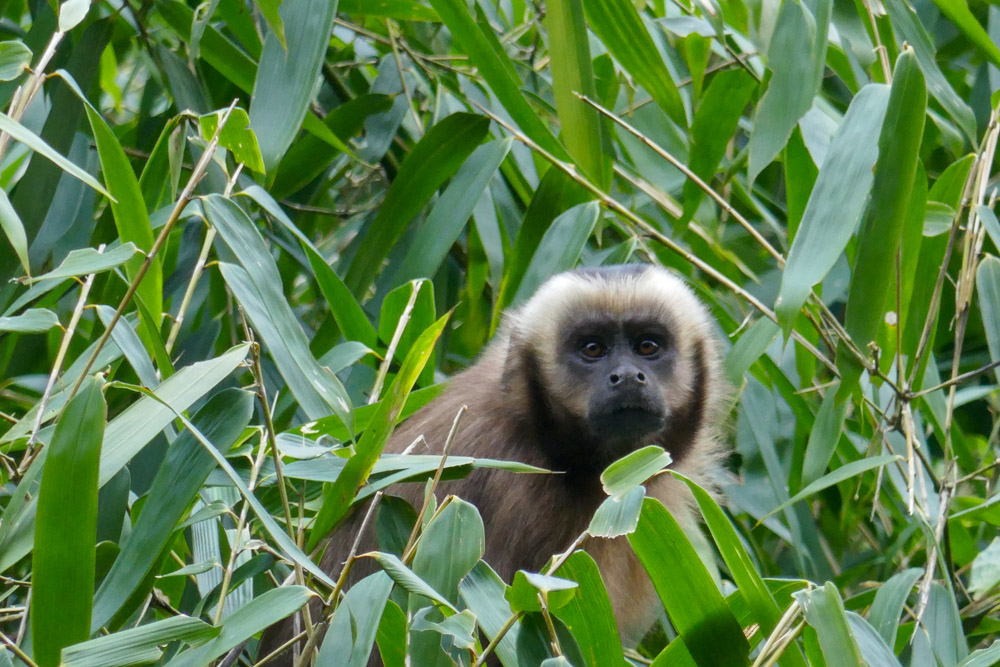
Planning a trip to the Amazon Rainforest but unsure what to pack, what to wear or what extra items you might find useful? Well, you’re in the right place!
I’ve visited the Amazon in South America several times, including Peru, Ecuador, and Bolivia. I’ve also spent extensive time living and working in the jungle, so it’s fair to say I know a little bit about jungle life and what works and what doesn’t.
In this post, I’ve shared what to pack for a trip to the Amazon Jungle, what to wear, and what’s a waste of your money. I hope you find it useful.
What to wear in the jungle
If you’ve never visited the jungle before, deciding what to wear can be a troublesome task. A quick search on Google and you’ll be presented with a tonne of different products to buy, all claiming they’re “essential”. From ‘jungle pants’ to ‘jungle shirts’, you could end up spending hundreds on new clothing items. And the truth is, you really don’t need to buy anything expensive.
The Amazon Jungle is known for its high humidity, strong sun, and intense rainstorms. So, all you need to pack is clothes that make these weather conditions bearable.
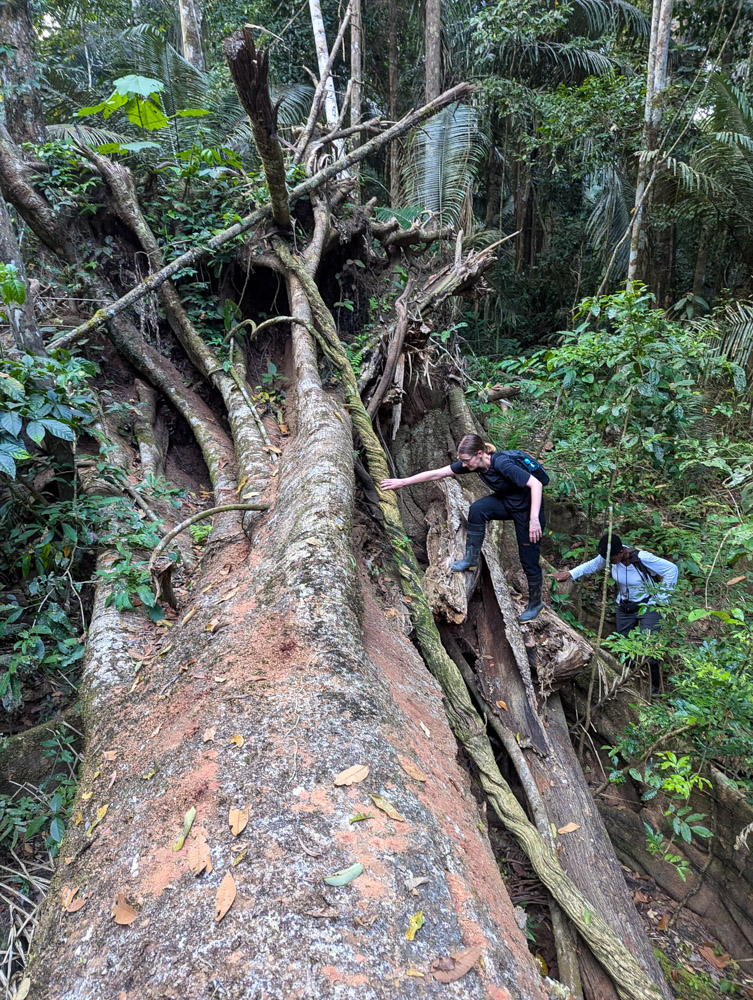
Items to avoid include:
- Cotton (cotton is not fun in the heat and humidity)
- Bright colours (this can make you more visible to wildlife)
- Expensive clothes that aren’t practical
Items to focus on:
- Neutral-coloured items like grey, green and cream
- Long sleeves
- Loose-fitting clothing
- Quick-dry clothing (your regular sports tops will be fine)
It is as simple as that. A pair of loose-fitting linen trousers with a long-sleeved shirt is a great option. And you don’t need to pay ridiculous money for “specialist” versions.
Remember that jungle walks sometimes involve wading through mud and potentially branches and plants, so don’t wear anything you don’t want to damage.
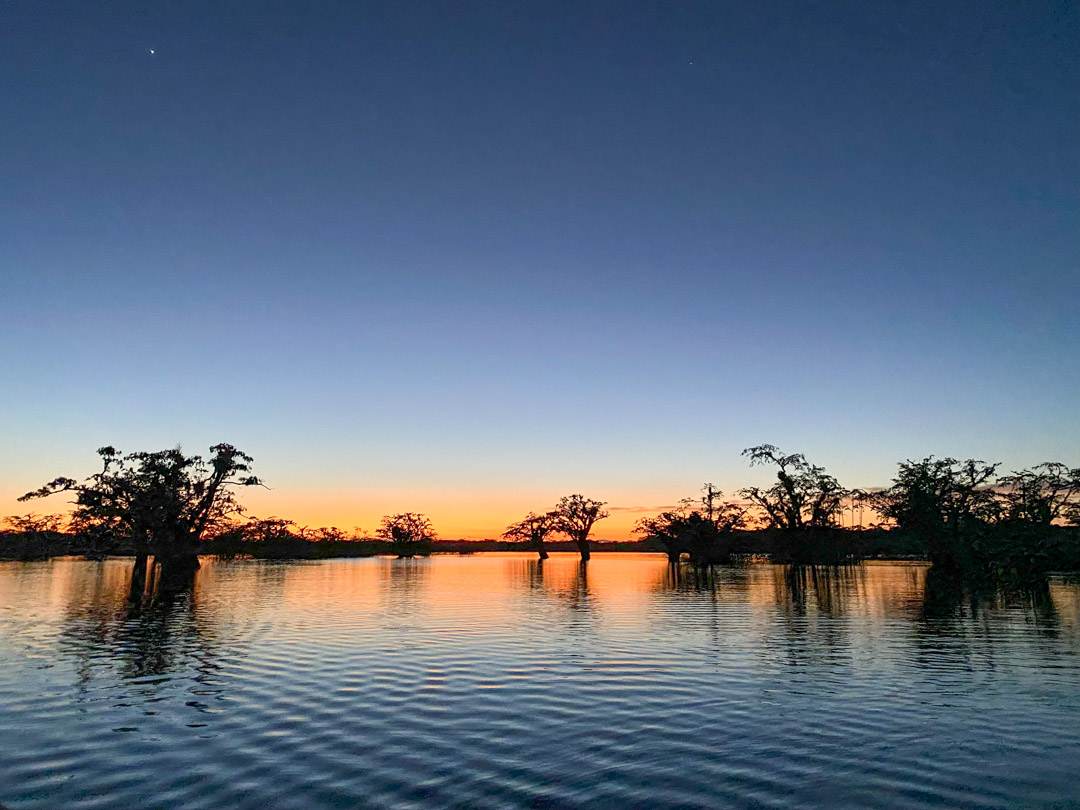
Essential items to pack
Loose fitting clothes
As we’ve already covered, the jungle is hot and humid—really, really hot and with very humid conditions. The last thing you want to wear is clothes that cling to you.
Mosquitos can also bite through tight-fitting clothing. To avoid mosquito bites, a pair of loose-fitting pants or trousers, such as linen or hiking trousers, are a great option.
Long-sleeved shirts
A long-sleeved shirt always comes in handy in the jungle. Not only does it protect you from the sun, but it helps to keep those pesky mosquitos away. Even if you’re wearing bug spray, mosquitos can still attempt to bite you.
I’d recommend a loose-fitting one, such as a linen shirt or a regular oversized shirt.
Other clothes
Remember to pack enough clothes for your stay in the jungle. If you’re staying in basic accommodation, it’s unlikely that there will be access to laundry facilities. The high humidity can make drying clothes difficult, so it’s better to assume you won’t be able to do any laundry while on your Amazon trip.
I’d suggest packing slightly more T-shirts than you think you’ll need. It can get very sweaty in the jungle, so having a change of clothes is a good idea.
It’s a good idea to focus on quick dry and sweat-wicking shirts, loose-fitting trousers and a pair of shorts.

A warmer layer
Despite being known for its heat, the jungle can sometimes feel a bit cool (especially in the mornings or when riding on a boat).
Pack a thin, long-sleeved layer to keep you warm on those cooler mornings. It can also act as sun protection too.
Sun protection
Speaking of the sun, make sure you’re prepared with good protection. The sun in the Amazon can be incredibly strong, especially close to the equator.
While the jungle canopy offers some protection, it’s still worth being prepared, especially if you’ll be exploring the rivers and lakes. Consider packing a sun hat and strong SPF.
Insect repellent
The Amazon Rainforest is home to endless insects, many of which like to bite. This can put many people off from visiting, but for me, it’s part of the magic of this unique ecosystem.
While wearing long-sleeved and loose-fitting clothing will help to protect you, it’s still important to wear bug repellent to keep those pesky bugs away. In my opinion, a good insect repellent is the most important item on this list.
Most experts recommend using a repellent that contains DEET, as this is known to be one of the best ways to keep bugs at bay. Annoyingly, I’m allergic to DEET, so I have to use natural-based repellents instead. Products with lemon are normally a good option.
Sidenote: I discovered my allergy to Deet while in the Amazon, and with no natural alternative, I had to go without. Despite wearing long sleeves, I got eaten ALIVE and was covered from head to toe in itchy bites.
It’s important to note that insect bites are almost unavoidable in the jungle, but repellent and long sleeve clothes help.
Protective footwear
The jungle floor is home to many creepy crawlies, from biting ants to poisonous spiders. When walking around, it’s essential to wear shoes that protect you. Strong hiking boots or sneakers are generally sufficient, but many Amazon tour guides advise wearing rubber rain boots.
Wearing rubber boots gives you extra protection from ants and allows you to wade through shallow rivers (a common occurrence in the rainy season). We were provided with rubber boots during my trips to Ecuador and the Manu Reserve in Peru, which is the case for most tours. However, it’s good to double-check in case you need to bring your own.
Note: Remember to pack a pair of socks you can wear with the boots.
I also always pack a pair of flip-flops. They’re not the most practical for the jungle, but they are great when walking around your accommodation.
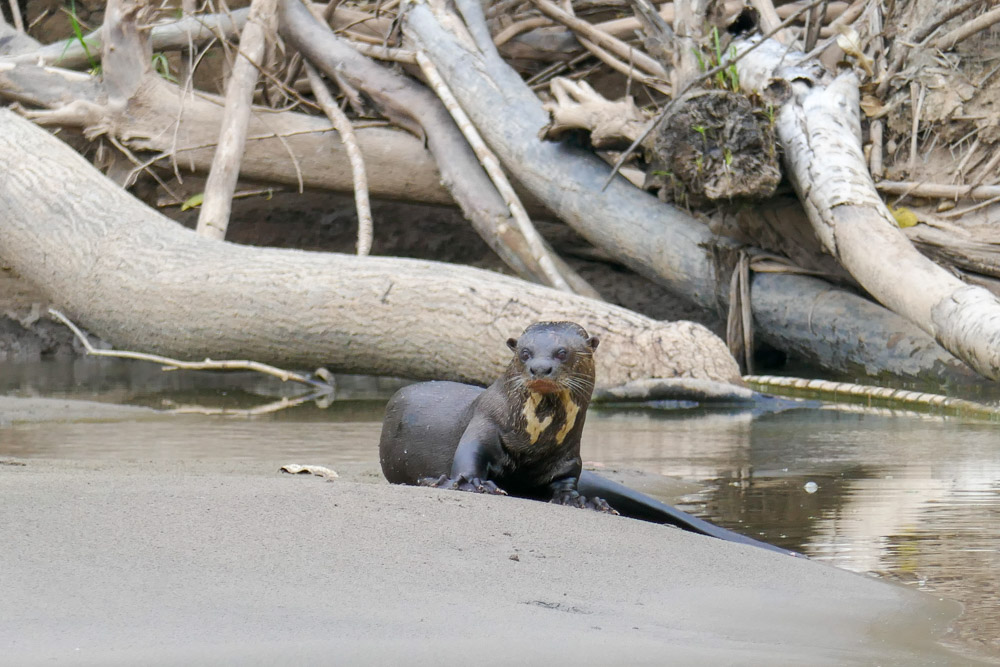
Reusable water bottle
We all know that plastic is bad for many reasons, including the harm it causes to local environments. The general rule of thumb in the jungle is ‘leave no trace’. This means that anything you take with you must return with you. While some lodges have garbage disposal facilities, this is often limited, and the last thing they need is hundreds of plastic bottles to deal with.
I recommend taking a refillable water bottle with you. In my experience, most lodges are eco-conscious and will have a place to refill your bottle.
Rain jacket or poncho
The Amazon is one of the wettest places on Earth. Even if you visit in the dry season, it’s possible to encounter fierce rain storms or lighter rain showers.
In all honesty, the rain can sometimes be so intense that rain jackets cannot fully protect you. They’re also incredibly hot to wear in the jungle. A rain poncho is a good alternative, as it also protects your backpack.
Either way, it’s sensible to have some form of rain protection with you.
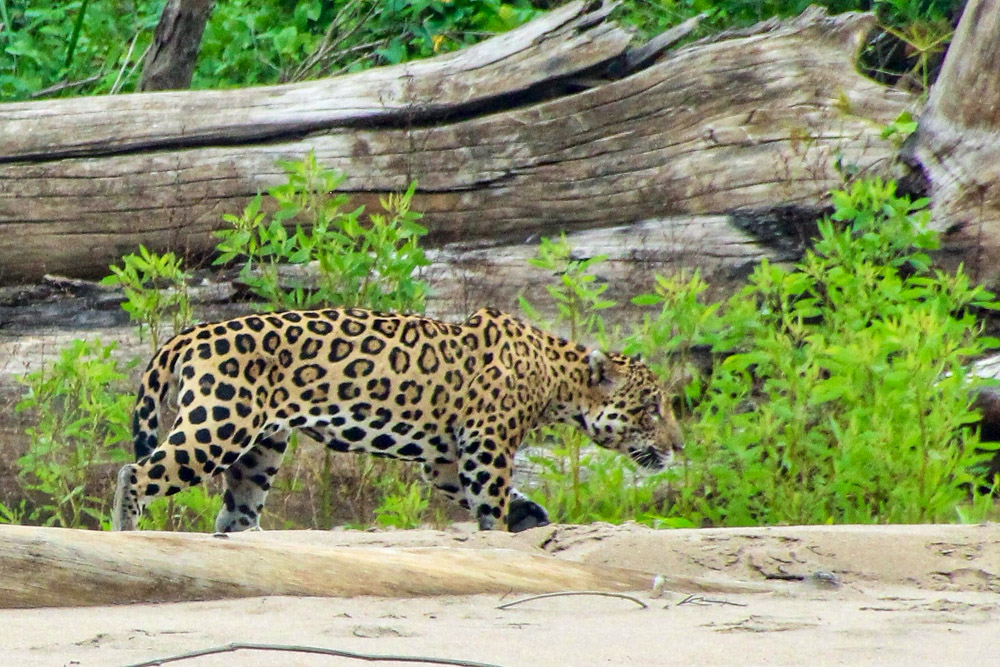
Essential toiletries
All the lodges I’ve visited in the Amazon have been very remote. This means no shops or pharmacies to buy something you forgot. Be sure to pack anything you think you might need. This includes:
- Toothbrush & toothpaste
- Deodorant
- Shampoo & conditioner
- Body soap
- Aftersun
Hand sanitiser
Toilet facilities in the Amazon can be very basic (if they even exist). On my trip to Peru’s Manu Reserve, there were no toilets outside of the lodge. This meant using nature as a bathroom during the day. Having some hand sanitiser in your bag is always handy for when there is no access to soap.
Electronics
With high humidity and heavy rain, the Amazon Jungle isn’t exactly the best place for electrical items. I recommend only taking the necessary electronics, such as a camera and a phone. If you can, try to leave your laptop somewhere safe.
If you’re planning to take a camera, remember to have extra memory cards just in case.
Portable battery pack
Many lodges have limited electricity, if any. For the most part, you’ll only be able to charge your devices in the evening for an hour or two.
If you think you’ll need to recharge your phone or camera, pack a portable battery pack. This means you’ll be able to keep everything charged. For the photographers, consider spare batteries.
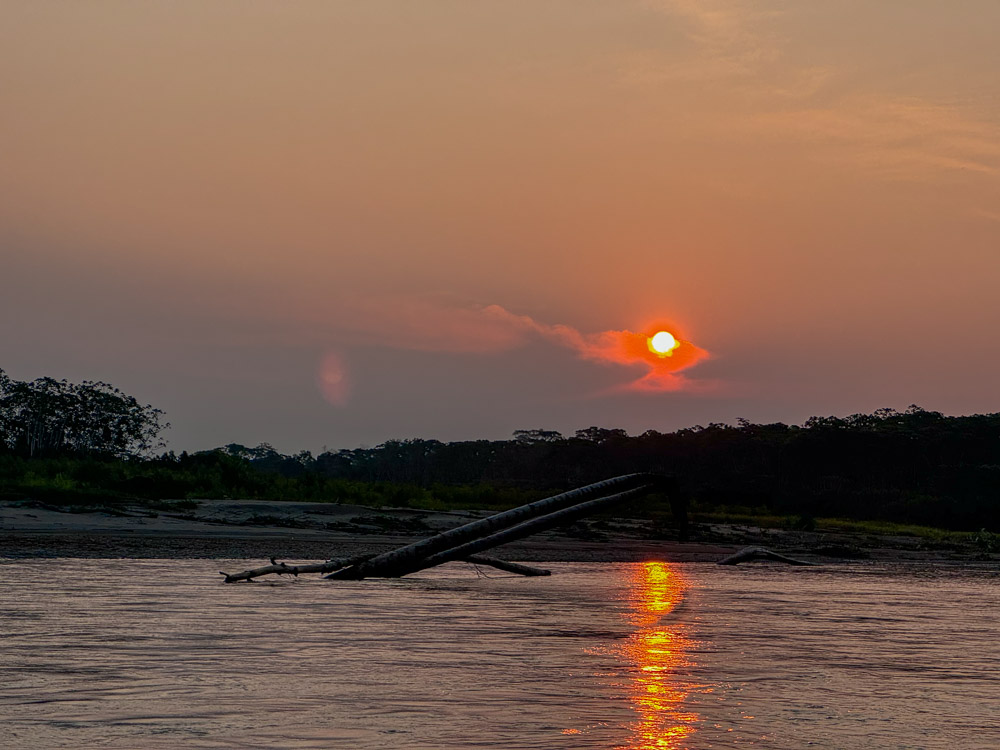
Spare cash
Most tours into the Amazon include accommodation, food, and transport. However, some lodges have bars or items you can purchase, such as snacks, and you’ll need cash to do this.
I’d recommend taking some spare cash for any additional purchases or to tip your tour guide.
Day bag
Having a smaller day pack you can use during the day is always handy. This means you don’t need to worry about emptying your bigger bag.
I love this packable rucksack from Rohan. It easily fits in your bigger bag and can hold a lot of things, such as a water bottle, extra layers, sunscreen, and bug repellent. (P.S. I get no commission for recommending that bag; I genuinely think it’s brilliant!)
Head torch or flashlight
No packing list for the Amazon would be complete without mentioning the essential headtorch (or a small flashlight). Most tour packages include at least one night walk, and you’ll need a headlamp to fully enjoy this (make sure it has a red setting to limit disturbance to the wildlife).
It’s also useful when there’s no power and you need to move around.
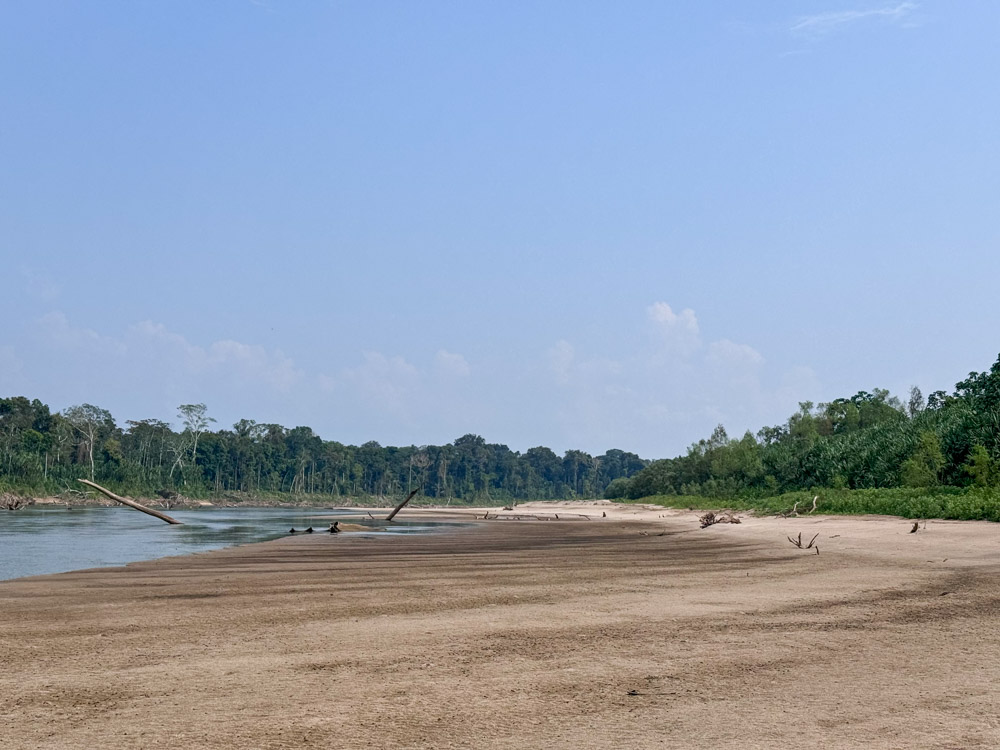
Other items to consider
Dry bag
A dry bag may be handy if you’re planning water-based activities such as kayaking or swimming. These nifty dry bags do exactly what they say on the tin and help keep your valuables dry.
If it’s raining, you can also put the dry bag inside your main bag to keep things dry.
Binoculars
The best part about visiting the Amazon is seeing all the fantastic wildlife. From monkeys to jaguars, the animals in the jungle are really something special. However, spotting them can be a task, especially when they’re far away.
In most cases, your guide should have some binoculars. But if you’re with a big group, you’ll have to wait for your turn. If wildlife is the main reason for visiting the Amazon, I suggest investing in binoculars.
A towel
Most lodges provide a towel, but you might it helpful to have a second one, especially if you’re planning to go swimming.
A microfibre towel is the best option as they dry very quickly and don’t take up much space.
Reusable or Ziplock bags
A Ziplock bag or reusable plastic bags come in handy almost anywhere in the world, and the Amazon Rainforest is no exception. They’re great for garbage but also for keeping items of wet clothing away from your other clothes.
Swimwear
Swimming in the Amazon is an experience to say the least. While some places claim it’s safe and encourage swimming, others prohibit it altogether. With caimans, piranhas, pink dolphins and anacondas in the water, it’s fair to question whether you should do it.
I’ve swam several times in the Amazon and never had an issue. However, I’ve always been with a guide and carefully followed their instructions.
Whatever you decide, consider if you need to pack a swimsuit.
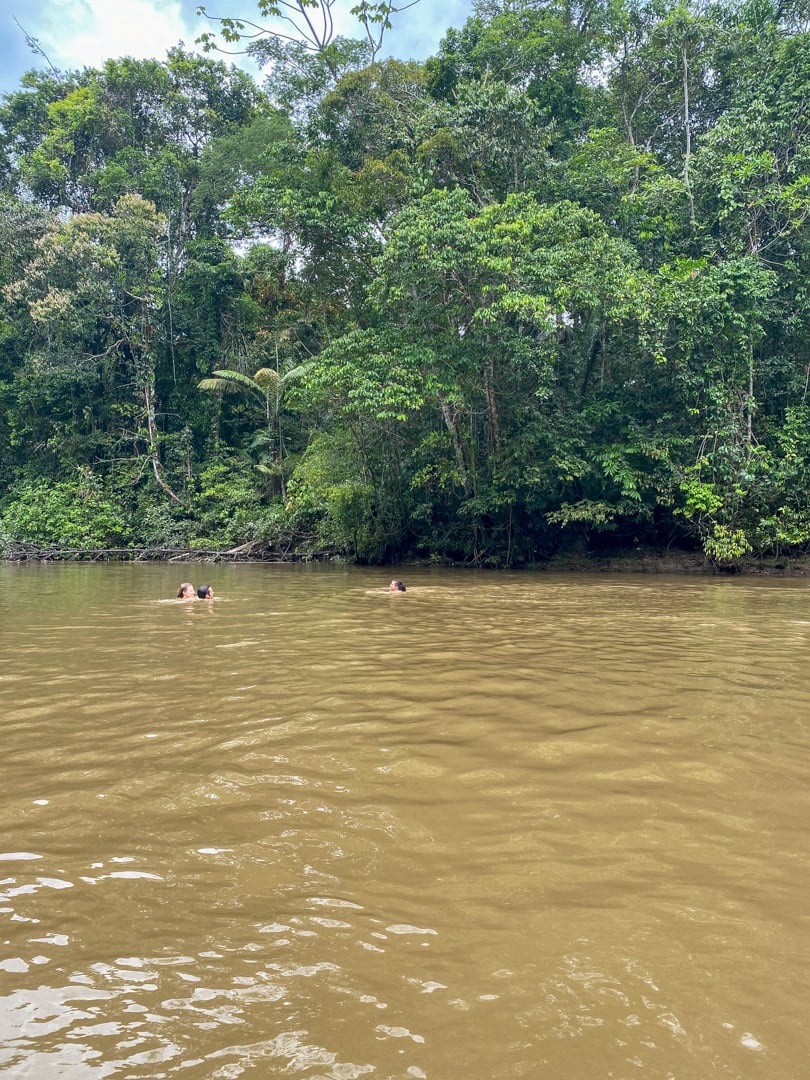
Toilet paper
As I mentioned above, toilet facilities in the jungle can be basic, and they don’t always have toilet paper. I recommend packing at least a little bit, just in case you find yourself without.
A small fan
Sleeping at night can be a challenge in the jungle. While it does cool down, the rooms can still be very hot. If you’re worried about this, consider packing a small bedside portable fan. Ensure you have a rechargeable one rather than one that needs to be plugged in.
Baby wipes
Another handy item to pack for your Amazon jungle adventure is a packet of baby wipes. While not the most sustainable item, they do help when it comes to freshening up and wiping off any mud and sweat (gross, I know – but this is the jungle).
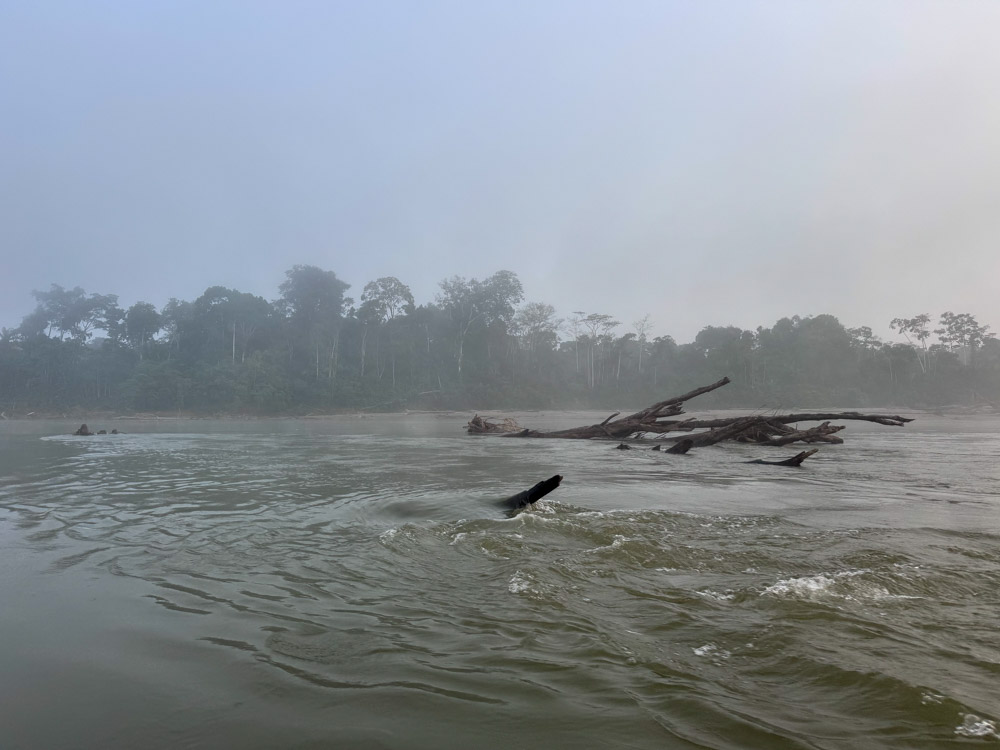
Mosquito net
Your accommodation should have a mosquito net to protect you at night. You can normally check this in advance. In the unlikely event there’s no net, I’d suggest purchasing a portable one you can hang from the ceiling.
What to leave at home
Snacks
Taking food into the jungle can be a risky move! From naughty monkeys to hungry mice, food attracts both animals and insects. Unless you want to be greeted with an infestation of ants or a mouse in your bag, leave all your food at home.
I made the mistake of taking a cereal bar into the jungle. When I went into my bag, I realised a mouse (or something similar) had helped itself and the cereal bar was gone.
Black clothing
Another tip is to avoid black clothes. Firstly, black absorbs heat from the sun. So, if you find yourself in direct sunlight and wearing black clothes, you’ll be extra toasty (trust me, I speak from experience).
Secondly, some research claims that mosquitos are more drawn to dark clothing. I don’t know how true this is, but I’ve been in situations where local guides advise us to wear lighter-coloured clothing.
As a general rule, stick to whites, creams, greens and greys. Bright colours can make you more visible to the wildlife, which is also something to avoid.
Anything that can melt (or be affected by humidity)
If you have something that can melt, I wouldn’t recommend bringing it with you. Things like lipsticks, lip balm and laundry sheets will all get ruined in the humidity.
Anything made with cotton
Cotton is one of the worst things to wear when it comes to heat and humidity. Leave those cotton tops at home and invest in some quick-dry tops.

Makeup
Trust me when I say wearing makeup in the jungle won’t be a pleasant experience. The humidity will melt it off your face within minutes, and it will feel so, so uncomfortable. Most trips to the jungle are basic, so there’s no need to pack makeup.
Mosquito repellent devices
In my experience, these electronic devices don’t work. I’ve tried everything from bracelets to plug-ins, and the only thing that ever works for me (even a little bit) is repellent and a trusty mosquito net.
I hope you’ve found this post useful. Enjoy your trip to the Amazon Jungle, it’s one of my favourite places on Earth!



